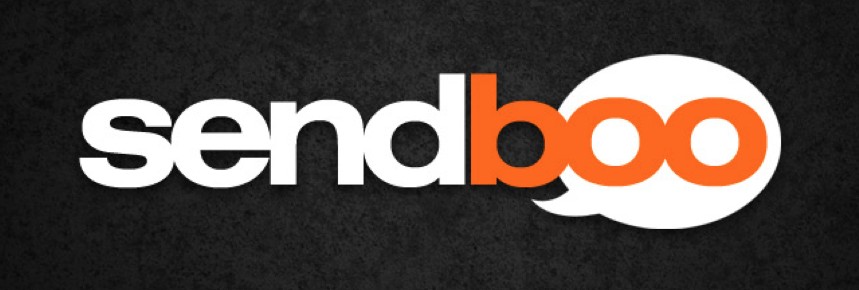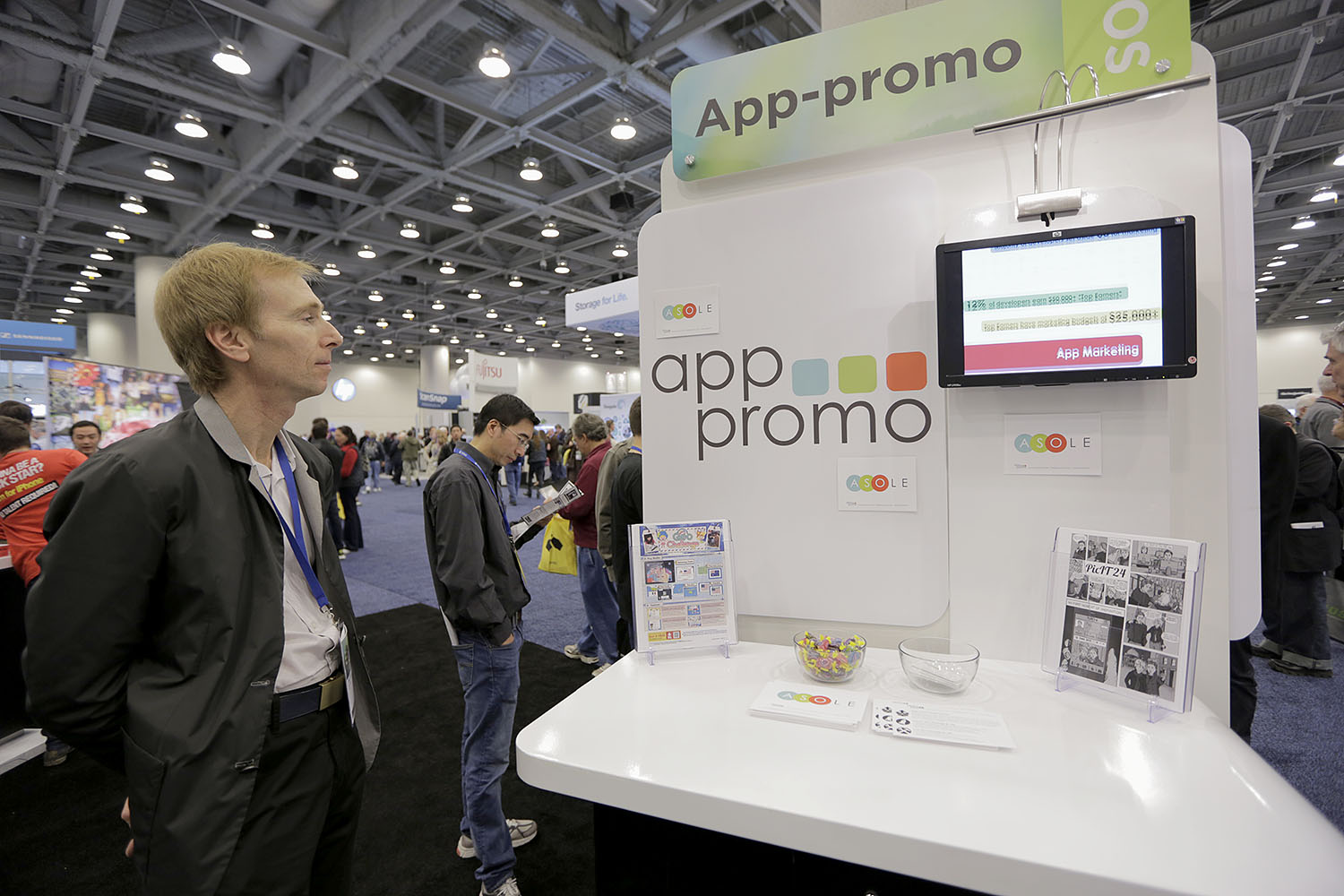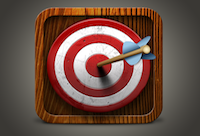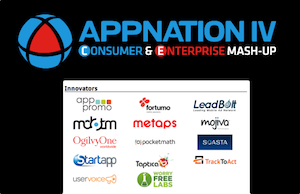
Just a few years ago, the average joe didn’t know the word blog. Today, you would be hard pressed to find an individual who accesses the world wide web who doesn’t visit blogs on a regular basis.
Blogs have been the webs answer to inspiring writers and communicators everywhere who have something to say about a certain topic. No longer do you need to worry about the formal publishing process to be noticed as a writer on the web, you simply need a WordPress account and the ability to put together thoughts in a cohesive manner to be today’s journalist.
Audiences have embraced blogs as they have increased the point of views available on topics. They have become authorities on the subjects they cover and in a lot of instances have eclipsed the formal publications from which most the blogs have been inspired from.
Blogs are particularly important to the developer community as they serve as a key communication method to promote and distribute their applications. As such, the relationship between the developer and the blogger is especially critical. Getting reviewed or written up by the right blogger will not only give you industry cred, but will dramatically increase the number of downloads for your application.
As you can imagine, however, bloggers are inundated with tons of requests to cover stories on various topics. Knowing this, it is extremely important to stand out from the crowd and build a relationship with bloggers so that you can partner with them to give them credible news while you benefit from much needed visibility.
Here are a few tips to get you started on your much needed blogger friendship to improve your app marketing.
Find Your Most Influential Bloggers
There are millions of blogs out there. You want to make sure that you choose the blog that is right of the app that you are developing. The bloggers you want to connect with need to be interested in your product and your product needs to make sense with their blog.
Most often these are the blogs you are already following. But if you are not an avid blog reader you are going to have to do your homework. Use search engines to find blogs that relate to your keywords. Make sure you read some articles and about the blogger/blog to decide if it’s a good fit. See if the blog recommends other blogs to introduce you to other prospects.
Once you have selected the blogs that you feel your product is best aligned with, you are going to want to prioritize them according to reach. Often times a bloggers audience information is listed in their advertising opportunity section so check that out to help you understand what the reach is for the blog. You are going to want to put most of your efforts on blogs that will allow any posts on your app to be read by the most amount of people.
Get Introduced
Now that you have your list, find out who the blog owner is or in the case of larger blogs who the key bloggers are that you need to contact in order to start building a relationship.
Most often blogs don’t provide an email address or phone number so don’t be afraid of using the feedback box to reach out to the right person.
Keep things extremely personal. Bloggers want to talk to real people. Let them know who you are and what you do and what you are working on. Most importantly let them know what you feel you can offer to their blog and why they should be interested.
It’s best to reach out to a blogger as early on as possible to start introductions rather than right when you need them to post something for marketing purposes. Contacting them for the sole purpose of introducing yourself and asking if they would be interested in you sending them updates and information on your product will most likely produce the best results in terms of response and in forming a positive relationship.
In this way your first contact with a blogger is not coming from immediately wanting something from them but more that you have identified them as an influential part of your ecosystem and value their cooperation.
Getting bloggers to know you on a first and last name basis is half the battle in getting published.
Get Published
When the time comes for you to get the word out for your app – whether this be for launch, a major update or perhaps an important accomplishment – the contact you already established with the blogger community will come in handy.
Hopefully you have gained an email address from previous contact with the blogger, but if not, send them information on your “story” via the feedback form making sure you mention that you had previously connected.
If you are contacting them to get a post written about your app, be direct and ask for this. Include all the necessary information they would need to develop the story including screenshots, facts and links to your application.
Most importantly, make sure that you address again why you feel your app or app’s story makes sense for their publication.
Thank Them
Once your story has been published, don’t forget to reach out to a blogger and thank them. Sending an email to thank them is an important step in building that relationship with them.
In addition to sending a thank you, show your support for their blog by tweeting, re-posting on social networks and on your own blog if you have one their blog post.










